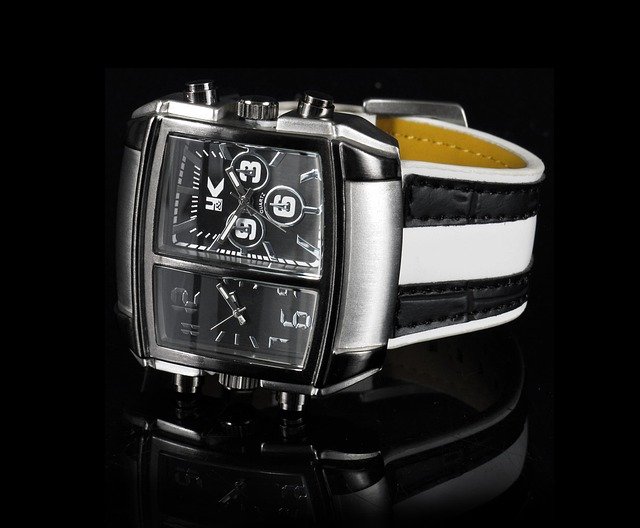Layering strategies: balancing scale and texture across wrist pieces
Layering wristwear well requires attention to scale, texture and material. This article outlines practical approaches to mixing pieces—from thin chains to cuff bracelets—covering sizing, fit, clasps, metals, leather and textiles, plus care, polishing, travel tips, restoration, and sustainable sourcing. It also covers customization such as engraving and traceability so you can assemble stacks that are both stylish and durable.

Finding a balanced wrist stack is part design exercise, part practical planning. Consider scale, texture and comfort as you select combinations: a narrow chain adds light reflection, a woven leather strap brings tactile contrast, and a wider cuff defines a focal point. Thoughtful layering keeps proportions harmonious with your wrist size and daily activities while also allowing for personalization like engraving or custom clasps. This piece breaks down sizing, materials, maintenance, and traceability to help you build cohesive, comfortable stacks that stand up to wear and travel.
Wristwear: scale and layering
Scale matters more than trend when layering wrist pieces. Start with one defining piece — a medium-width cuff or a watch — then add thinner bracelets to complement rather than compete. Alternate solid, chunky textures with lighter, airy chains to create rhythm across the wrist. Keep a consistent visual line by spacing items evenly and varying heights so each element is visible. Remember that proportion should respect your wrist: smaller wrists benefit from narrower links and delicate chains, while larger wrists can carry broader bands without overwhelming the hand.
Sizing, fit, and clasps
Proper sizing and fit are essential for comfort and appearance. Measure your wrist at its narrowest point and add roughly half an inch to one inch depending on whether you want a snug or relaxed fit. Consider adjustable options like extender chains, sliding knots, or clasps with multiple settings. Clasp type affects security and ease of wear: lobster clasps and spring rings are secure, magnetic clasps are convenient but should be tested for strength, and toggle clasps offer decorative appeal. Hypoallergenic materials and smooth edges also reduce irritation for sensitive skin.
Metals, leather, and textiles
Mixing metals, leather and textiles introduces texture without clutter. Pair polished metals with matte leather or woven textiles to create contrast: a silver chain beside a braided leather strap softens shine, while a satin-finish band next to a hammered ring adds subtle depth. Be mindful of how metals age — some will patina, others may tarnish — and textiles can absorb oils and color. When combining metals, aim for a unifying element such as a similar tone, linked motifs, or repeated geometric shapes to maintain cohesion in the stack.
Hypoallergenic options and tarnish
For sensitive skin, choose hypoallergenic metals like surgical stainless steel, titanium, or solid gold alloys with low nickel content. Coatings and platings can cause reactions once worn or when they wear thin, so understand base materials beneath gold or rhodium plating. To prevent tarnish on silver and some alloys, limit exposure to moisture, perfumes, and chlorine. Store pieces separately in anti-tarnish pouches and inspect clasps and jump rings regularly to catch wear early. These steps reduce the need for more involved restoration later.
Care, polishing, and restoration
Routine care extends the life of layered wristwear. A gentle wipe after wear removes oils and salts, and occasional polishing with a soft cloth restores shine on many metals. Avoid abrasive cleaners on plated or delicate textile elements; instead use mild soap and water for fabric or leather-safe conditioners for hides. For deeper tarnish or damage, professional restoration and repair services can replate, tighten settings, or repair clasps. When traveling, pack items in a padded roll or separate compartments to minimize scratches and tangles.
Customization, repair, traceability, sustainability
Customization like engraving or bespoke sizing helps pieces feel cohesive in a stack. Seek providers who document traceability and sustainable sourcing if those values matter to you; provenance information can include metal origin, tannery practices for leather, or recycled-content certificates. Repairability is another sustainability factor: choose pieces designed for component replacement or with warranties that cover repairs. Keep records of any restoration or customization so future repairs match original finishes and preserve traceability over time.
Layering wrist pieces is a balance between visual composition and practical concerns. Prioritize fit and comfort, mix textures deliberately, and maintain pieces through thoughtful care and occasional professional restoration. Attention to materials, hypoallergenic choices, and traceability supports both personal style and longer-term durability, making layered wristwear versatile for everyday life and travel.






